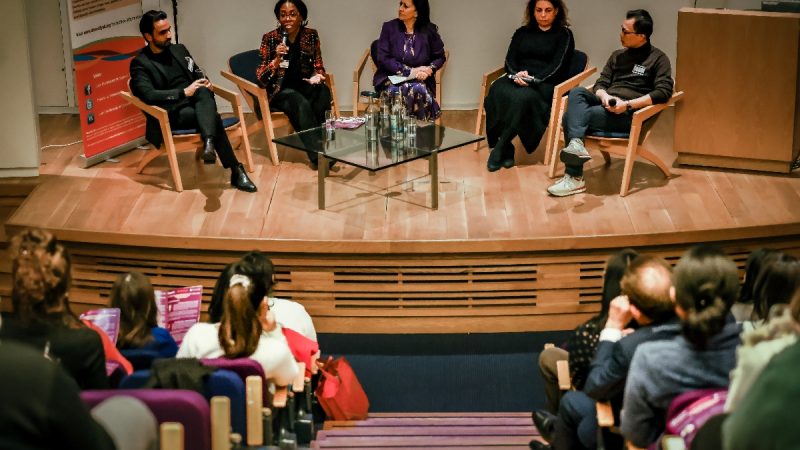What’s wrong with a ladylike handshake?

What do expressions like policeman, female lawyer and ladylike handshake have in common?
They are all examples of gender-discriminatory, even sexist language. They imply that all police officers are men and that a woman lawyer is an exception. And a ‘ladylike’ handshake is usually used as an insult.
These expressions reflect unconscious bias and enforce gender stereotypes. To help you use language and images which are modern, inclusive and treat people with respect, the European Institute for Gender Equality (EIGE) has developed a gender-sensitive communication toolkit, including a booklet and interactive online tool. Both come with numerous practical examples and suggestions for alternative words. You are bound to notice how deeply embedded certain gender stereotypes continue to be.
EIGE’s toolkit also outlines why gender-sensitive communication is better at highlighting the different needs of women and men and preferable to gender-neutral communication. It can be especially useful for legislators, public figures and the media: a gender-sensitive text on reported cases of sexual violence, for example, presents the figures for women and men separately. This gives a more accurate picture of the reality and helps policymakers design suitable responses.
Gender-sensitive communication ensures that women and men – and those who do not conform to the binary gender system – are treated as persons of equal importance and dignity. It helps you avoid trivialising others and stay away from gender stereotypes. It is gender equality made manifest through communication. And it will help your communication material last the test of time.
Click here to download the EIGE gender-sensitive communication booklet.




